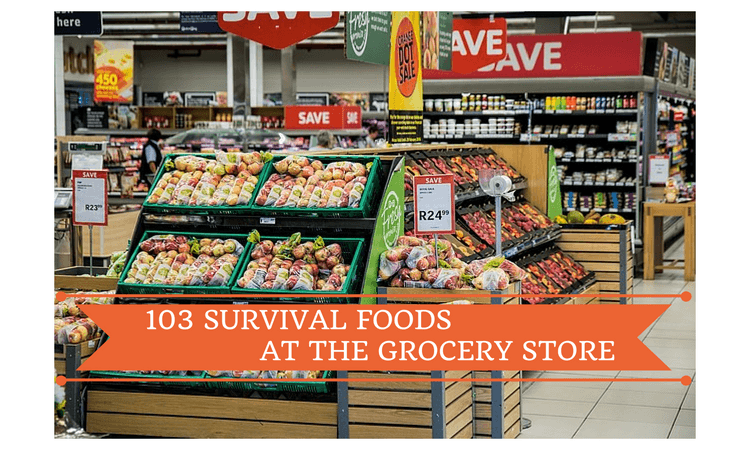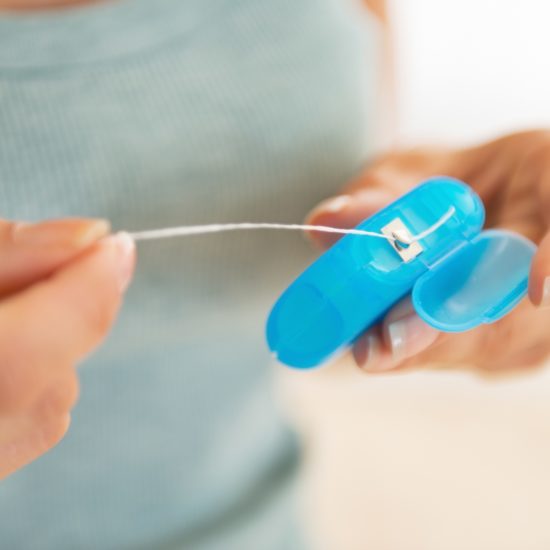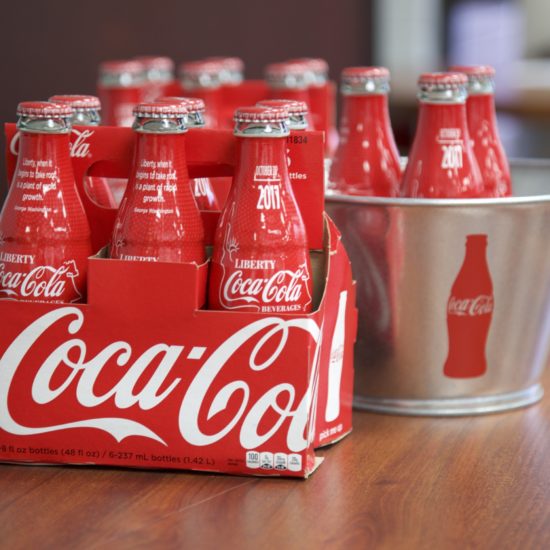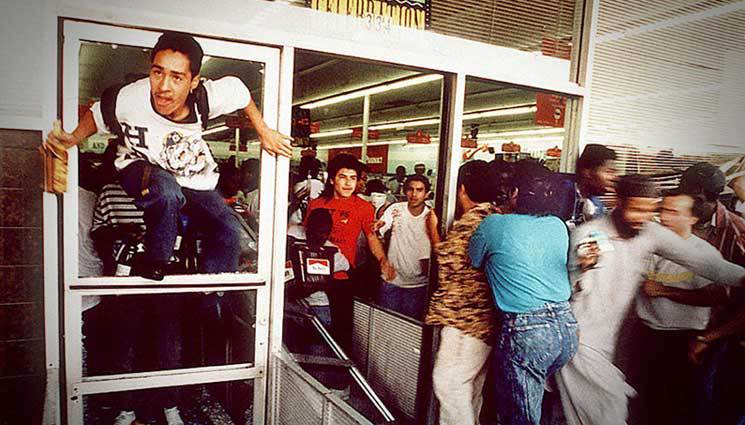
Survival food is everywhere. Question is, just like everything else in our lives, should we take it for granted?
Food: it seems to be the one constant in prepping. We start out buying food and many of us are still buying food, long after we think we’ve got all our other preps in place. No matter how much food we have in our stockpiles, we never really think we have enough. So, instead of calling it “done”, we just add another month’s worth.
There’s nothing wrong with stockpiling all that food. None of us know what sort of disaster we’re going to be faced with, and if we’re ever faced with a true TEOTWAWKI event, then we’ll need all the food we can get. In fact, we’ll all be wishing we had more.
But what’s it going to be like when we open up those buckets and find the food contained inside? Are we going to be pleased with what we have or are we going to feel like something is lacking? What’s it going to taste like and what sort of nutrition are we going to get from that survival food? Will it truly be enough to survive on?
Of course, a lot is going to depend on what we have stored in those buckets and who packed them. You might actually be more content with your own survival food, than with buying the prepackaged buckets.
While the prepackaged food may be made up by “professionals”, we really don’t know the criteria they were using when they developed those survival meals. Taste seems to get a lot of attention when people talk about survival meals, but isn’t nutrition actually more important?
Let me deal with taste to start with, as that’s actually the easier subject. I’ve eaten a number of different survival meals, from a number of different companies. I’ve also eaten military MREs, which is the real basis for the types of food that we’re talking about.
Based upon that, I’d say they are all edible and some are even rather tasty, if you like the Rice-a-Roni or Skillet Helper type of flavor. The main seasoning used in the majority of these foods is salt, like much of the food we eat every day. As salt is necessary for survival, that’s probably rather good, although I will have to say that the amount of salt that they use is probably a bit high, as with most of the prepared food we eat.
Calories in that Survival Food
We’ve all been taught to think in terms of a 2,000 to 2,500 calorie per day diet. That’s actually more than we need, especially if we live a sedentary lifestyle. On the other hand, if we live an active lifestyle, that probably isn’t enough. Soldiers in combat are fed 4,500 to 5,500 calories a day, whether eating in a mess hall or eating MREs, to ensure they have plenty of energy to fight.
You’ll receive different information from different sources, but by and large, the average person needs 1,200 calories per day to survive. Men need more than women, due to being larger with a larger muscle mass. Of course, that doesn’t take into account activity; but rather, is just based on what is needed to survive. As activity increases, the energy the body needs has to come from somewhere, either from food being eaten or energy stored in the body’s fat cells.
When you open your survival rations, you’ll find that they base everything on servings. If you buy a 30 day package for one person, that usually means 90 servings (30 days x 3 servings per day). Now, here’s the thing; in the case of many of those prepackaged survival meals, those three servings per day work out to only 1,000 to 1,200 calories, although there are some which contain 2,000 calories per day.
In other words, no matter how good your buckets of pre-packaged survival rations taste, they are most likely going to end up leaving you hungry. You will probably not be eating enough to sustain your body weight and most likely will not have a whole lot of energy for strenuous physical activity.
Nutrition in that Survival Food
If you spend any time talking to a nutritionist, or even reading what they say, you’ll find that they spend a lot of time talking about micronutrients. Listening to them, it sounds like all we need to eat is Omega 3 fatty acids and anti-oxidants to survive.
In reality, micronutrients won’t keep you alive all by themselves. The nutrients which talk about them are already assuming that you are getting enough of the macronutrients your body needs, probably more than enough. If you are already getting enough macronutrients, then the idea behind supplementing those micronutrients is to improve your health.
That’s all well and good; but in the case of survival, we really need to focus on the macronutrients, not the micronutrients. There’s really no value in being the healthiest corpse in the graveyard.
There are three macronutrients. They are:
- Carbohydrates – These come from grains and should make up 50 – 60% of a survival diet. Carbohydrates are your body’s biggest source of energy.
- Fats – This includes both plant and animal fats and should make up about 30% of a survival diet. Fats break down slower than carbohydrates, providing a “second wind” of fuel to your body when the energy from the carbohydrates runs out.
- Proteins – We’re talking animal proteins here, although some can be garnered from plants, Proteins are essential so that your body doesn’t turn on itself and cannibalize muscle tissue to get them. You need about 10 – 15% of your diet to be animal proteins in a survival diet.
In reality, the one thing that most “survival foods” are really good at providing is carbohydrates. While they provide fats or proteins, they don’t provide enough. Not only that, but the protein they provide is “textured vegetable protein” or in other words, flavored soy curds. While you can survive on them, they aren’t an ideally balanced survival diet.
Micronutrients are all but non-existent in these survival foods. That’s okay for a short-term survival situation (under 30 days), but if you continue eating this sort of diet for a prolonged period of time, your body will not receive all the nutrients it needs and will become susceptible to disease.
In order to use those buckets as your main source of nutrition, you really need to augment the food that is in them with other fats and proteins, as well as fruits and vegetables to provide the micronutrients your body needs. Of course, if you are growing an extensive vegetable garden and using it to supplement your survival food, you’ll be doing a lot to provide the micronutrients your body needs.
How will the Survival Food Affect You?
If you try to live only on survival food, you will find it affecting you quite a bit. Of course, a lot will depend on the actual survival food that you are eating, how many calories it provides, how much physical activity you undertake and what your health is like before the disaster strikes. Nevertheless, there are some conclusions we can generalize on:
#1. You will most likely lose weight. Not only will you be eating less calories than you are accustomed to, but you will also be doing more physical work than you normally do.
#2. You will find yourself weakening. The food in survival buckets is intended to help you survive; it is not guaranteed to keep you in top form. So you will find that you will become weaker over time.
#3. You may find that you don’t think as clearly. One of the things a poor diet affects is the higher brain functions.
#4. You will be more susceptible to disease. Without a fully-balanced diet, your body will not have the defenses it needs to fight off disease. I’m not talking so much about infection here, as I am about diseases where the organs of the body are not able to function fully.
#5. You will probably have digestive problems, due to a lack of sufficient fiber in your diet.
I would recommend that you augment that food with other food stocks, more specifically: jerky or other dried meats, canned meats, nuts, peanut butter, canned vegetables, canned fruits, dried fruits and vitamins.
Other self-sufficiency and preparedness solutions recommended for you:
The vital self-sufficiency lessons our great grand-fathers left us
Knowledge to survive any medical crisis situation
Liberal’s hidden agenda: more than just your guns
Build yourself the only unlimited water source you’ll ever need
4 Important Forgotten Skills used by our Ancestors that can help you in any crisis




















